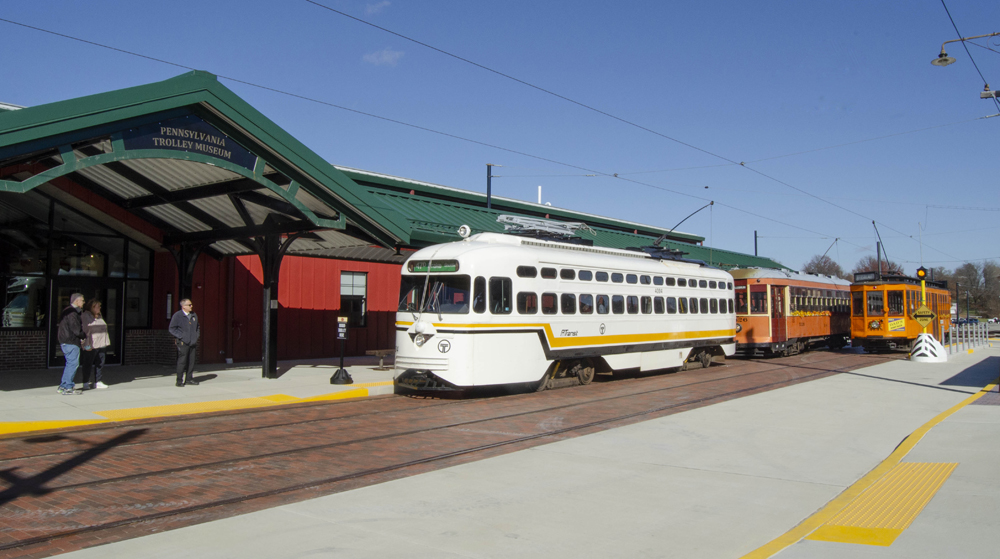
WASHINGTON, Pa. – Capping a seven-year campaign that was delayed and made 40 percent more expensive by the pandemic, the Pennsylvania Trolley Museum opened its $15 million, 21,000-square-foot Welcome and Education Center here last week.
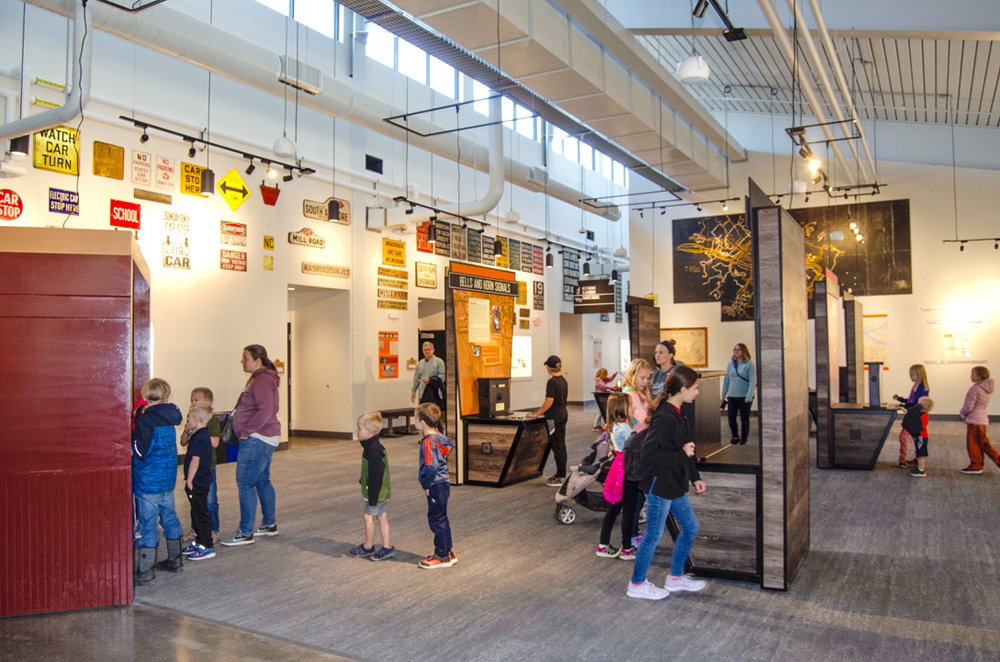
Featuring history exhibits, interactive kiosks, a theater, a classroom, a store, offices and event rooms, the facility is the centerpiece of the museum’s 36-acre East Campus, the organization’s new public face, replacing a 1990s-era visitor building less than a mile away. As a novel highlight, solar panels are generating electricity for both general and trolley-propulsion use.
With roots as far back as 1946, the museum was organized in 1953 with three cars. That same year, it acquired a 2,000-foot stretch of track, part of Pittsburgh Railways Co.’s Pittsburgh-Washington, Pa., interurban line that PRCo was abandoning. Under the name Arden Trolley Museum, the group began offering public rides in 1963.
PTM (the corporate name changed in 1998) now owns 52 cars, all of them stored under roof in five buildings, according to Executive Director and CEO Scott Becker. It offers a 4-mile round-trip ride over signaled broad-gauge track (Pennsylvania traction gauge is 5 feet, 2½ inches), and maintains a 66,000-square-foot building containing a workshop, parts storage, and archives center.
In all, Becker said, the museum oversees 150,000 square feet of space on three campuses. It employs 10 people and relies on 130 volunteers, about half of whom are qualified to run trolleys. Attending the ribbon-cutting opening on Thursday, Nov. 9, was a founding member and volunteer, 104-year-old Art Ellis.
The campaign succeeded, speakers at the event said, because of an unusually broad base of support from private companies, state and local agencies and elected officials, about two dozen foundations, and Pittsburgh Regional Transit, which runs Pittsburgh’s public bus and light-rail system. Formerly known as the Port Authority of Allegheny County, the agency is the successor to the private PRCo system, which in 1918 operated 600 miles of streetcar and interurban routes, serviced by 1,700 cars.
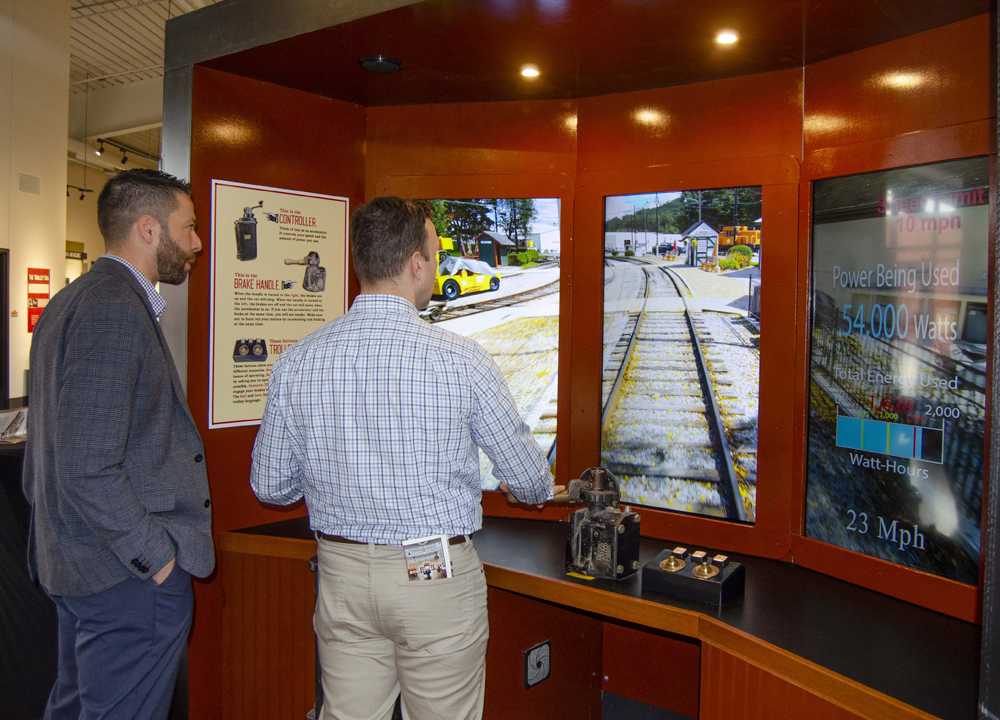
PTM Board President Ed Morascyzk called the opening “a transformational day.” Officials hope that patronage will double from its current volume of 33,000 visitors per year.
The museum has employed just one full-time executive director – Becker, who started 30 years ago. “We passed the hat among the board to pay for his salary that first year,” said Bill Fronczek, 83, a founding member and former president.
Opening of the center mirrors a turnaround in the industry, Becker said. In the 1970s, he noted, “there were just seven (U.S.) cities with streetcar systems left, and we thought they were all going to disappear. Now there are 40 cities with LRVs (light-rail vehicles).”
The center, he said, represents “a huge leap forward in telling the story of the trolley era.” He observed that the railroad and trolley preservation world has pivoted to an approach that embraces education and public engagement. While equipment is still critical to the mission, Becker said, the museum now tells the stories, for example, of how streetcars enabled the growth of suburbs, and how trolleys became “rolling melting pots” in cities like Pittsburgh with dozens of ethnic neighborhoods.
In addition, the educational acronym STEAM (Science, Technology, Engineering and Math) is prominent throughout the new displays, with kiosks devoted to rolling resistance and electric energy usage. These and the historical displays were developed in collaboration with Pittsburgh’s Carnegie Science Center.
Besides the Welcome Center, the East Campus includes a double-track trolley street that is paved with 33,000 bricks, and a 28,000-square-foot trolley display building, completed in 2005, that houses some of the most notable cars in the collection. Complementing them is the fully restored, wooden-frame Wexford (Pa.) station, a rural depot built in 1908 by the Pittsburgh, Harmony, Butler & New Castle Railway, a 90-mile interurban that quit in 1931. The building survived as the Wexford post office, then served as an antique store and a deli before the museum acquired and moved it 40 miles in 2015.
Henry Posner III, a PTM member since 1969, said the new center is “as much about the future as the past.” His family foundation donated $250,000 to fund the Ray Betler Classroom (Betler was chairman of the fund-raising campaign), he said, because “Most people think of a museum as a gateway to the past. A classroom is a gateway to the future and maybe if we get [children] in early, they’ll think about a railroad career or a transit career.” Becker happily announced that 300 schoolchildren will be visiting PTM this week.
Most of the cars in the collection come from the eponymous state, largely from Pittsburgh and Philadelphia, with others from nearby Ohio and West Virginia. Among the notables are:
— The “Terrible Trolley,” Presidents’ Conference Commission (PCC) car No. 1713, which was painted in Pittsburgh Steeler colors during a time when that pro football team regularly won Super Bowl games. It is in the midst of a restoration to operating condition [see “Pittsburgh’s ‘Terrible Trolley’ comes home,” Trains News Wire, June 9, 2023].
— Wooden combine No. 3 of the 4-3/4-mile-long Jersey Shore & Antes Fort Railroad, a 1905 Niles Car & Manufacturing Co. car that was saved as a hunting camp, then floated away in 1972 during flooding from Tropical Storm Agnes.
— Philadelphia & Western Railway J.G. Brill Co. streamlined “Bullet” car 209, which reached 75 mph on P&W’s line from 69th Street Terminal to Norristown, Pa.
— Wooden Toledo Railway & Light Co. parlor/official car Toledo, built in the company shops in 1906, equipped with plush-upholstered armchairs, a galley, toilet and fold-out bed.
— New Orleans Public Service Car 832, built in 1922, which was featured in Life magazine when Tennessee Williams’ play “A Streetcar Named Desire” opened on Broadway in 1947.
The new center opened to the public on Friday, Nov. 10, and remains open Fridays through Sundays 10 a.m.-4 p.m. through Dec. 17.







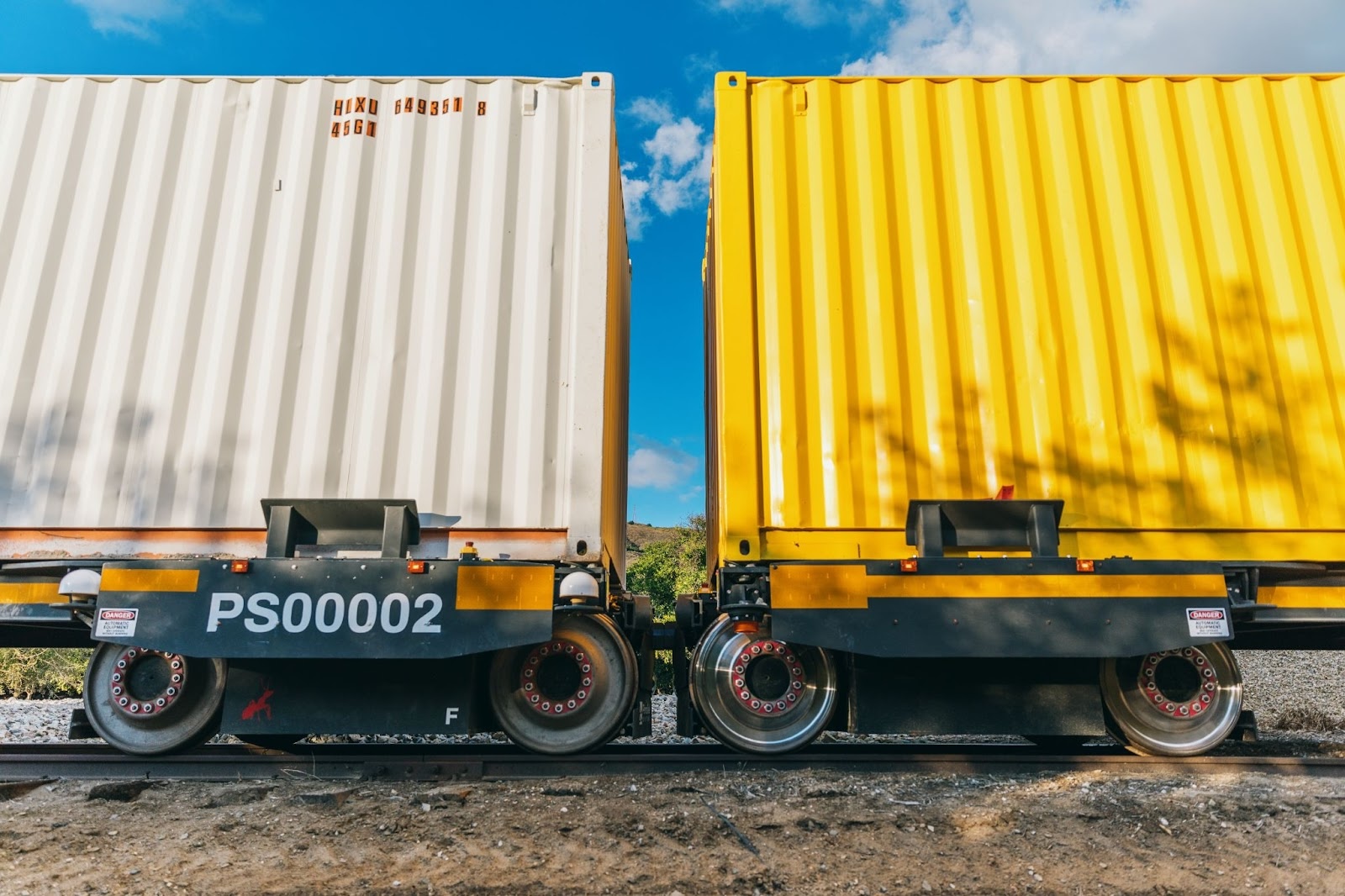
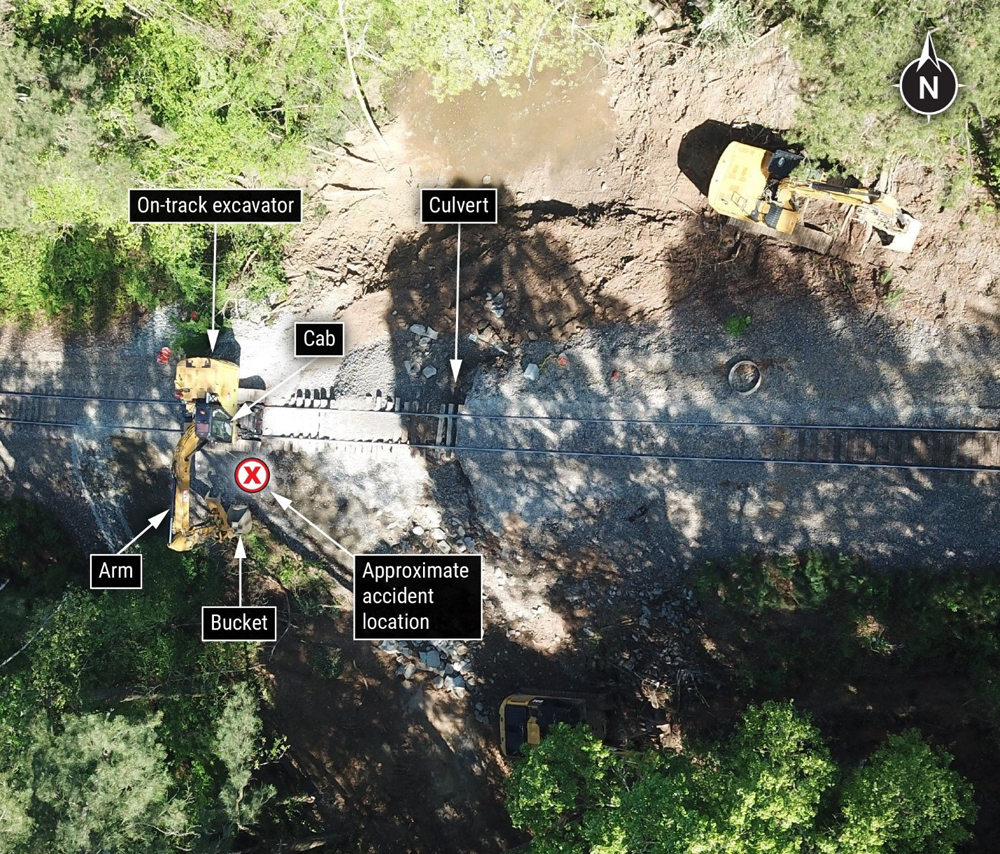
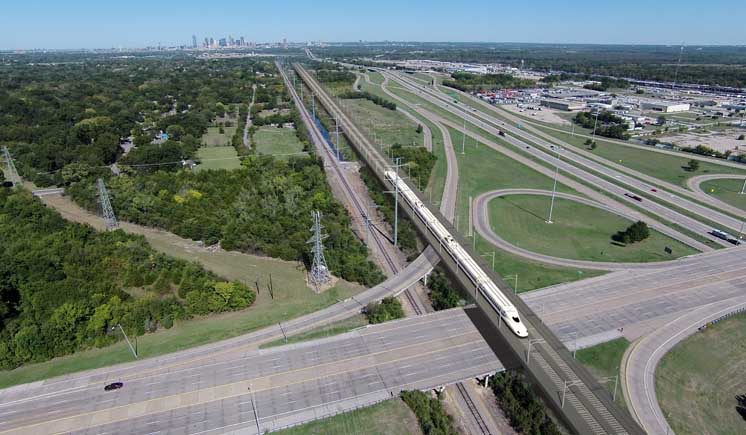




Good to see that the traction and streetcar faction of the railfan and rail preservation hobby is getting some much needed attention and study. While there are plenty of museums and clubs dedicated to steam locomotives and early diesels as well as historic passenger and freight cars and equipment, we must not forget or put the rich history of streetcars and trollies and also transit equipment aside or put them to the back of the pack. We could use more museums and centers devoted to traction. It was the traction industry that developed and built many a city and urban center and it was the primary means for city folks and even surbanites to get to and from their jobs to their homes and even the trollies would take them shopping and to sporting events such as ballgames. Ever wonder why and how the LA Dodgers got that name? When they were in Brooklyn in the early years of the 20th Century up to 1958 when they moved to LA. folks would dodge in and out and between the many trolley cars that ran past Ebbetts Field and also the trollies that brough fans to see the Dodgers play. The name stuck and of course the Dodgers kept that name when they moved to LA and it is part of their history and legacy alfhough many younger fans might not know or wonder why the team has that name but the trolley car gave even a baseball team a new meaning and name. It is great to see the streetcar coming back and making a revival in so many cities and towns but now known as LRVs and we still can see historic trollies running in cities across America and as part of that city’s transit system and not merely a tourist attraction or ride. New Orleans, Philadelphia, Boston, San Francisco with both its cable cars and a fleet of restored historic PCC cars running on the F Line and of course many European cities were wise to keep their traction lines and modernize with new equipment. Now it would be nice even the model railroad manufacturers would turn out more models of the various streetcars and trollies. There is a large presence and following of traction modelers in the hobby. On my model railroad and in the past ones that I had, I always included at least one trolley line running through the town and connecting with the train at the station. As the classic song goes from Meet Me In St Louis Clang Clang went the trolley!
Joseph C. Markfelder
The three original cars operated to the Museum over the Washington interurban line after its official abandonment in 1953. The Museum made a fantrip out of it and the riders returned to Pittsburgh on a PRCo Low-Floor car, sister to 4398, the car on the right in the photo above.
The 70 year old wonderful Pennsylvania Trolley Museum still continues to conserve, preserve, and restore its collection of antique streetcars through a mostly volunteer effort. Bravo folks!
Dr. Güntürk Üstün
According to its colorful and detailed website, “a day at the Pennsylvania Trolley Museums is a full sensory experience, from the ring of the bell to the hum and shake of the trolley as it rides down the tracks. The Museum brings a unique experience to visitors of all generations, connecting them all to the past. From the moment they arrive, the visitors enter a world of timeless memories, historic innovations, and interactive discoveries.”
Dr. Güntürk Üstün